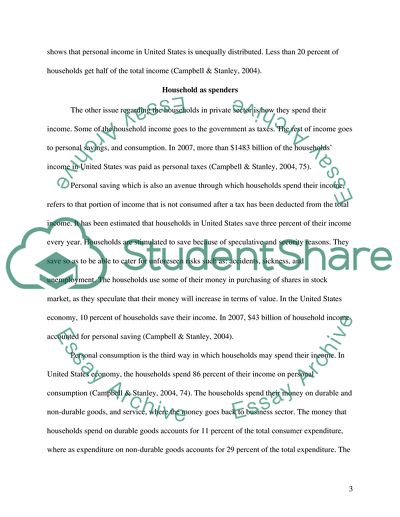Cite this document
(“Us Economy: Private and Public Sectors Research Paper”, n.d.)
Us Economy: Private and Public Sectors Research Paper. Retrieved from https://studentshare.org/macro-microeconomics/1731071-us-economy-private-and-public-sectors
Us Economy: Private and Public Sectors Research Paper. Retrieved from https://studentshare.org/macro-microeconomics/1731071-us-economy-private-and-public-sectors
(Us Economy: Private and Public Sectors Research Paper)
Us Economy: Private and Public Sectors Research Paper. https://studentshare.org/macro-microeconomics/1731071-us-economy-private-and-public-sectors.
Us Economy: Private and Public Sectors Research Paper. https://studentshare.org/macro-microeconomics/1731071-us-economy-private-and-public-sectors.
“Us Economy: Private and Public Sectors Research Paper”, n.d. https://studentshare.org/macro-microeconomics/1731071-us-economy-private-and-public-sectors.


